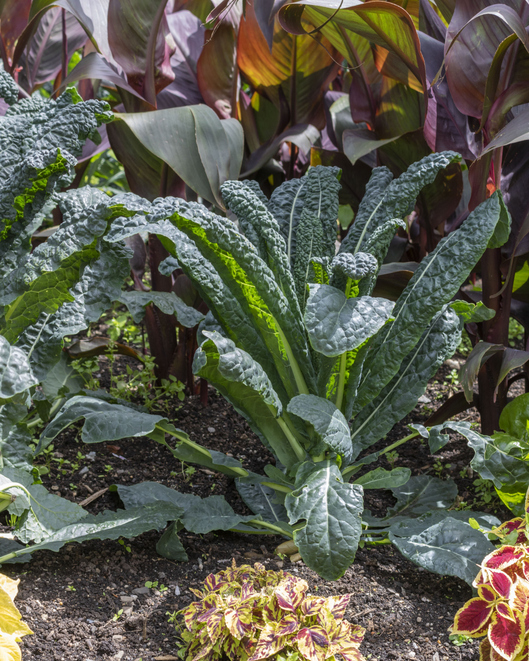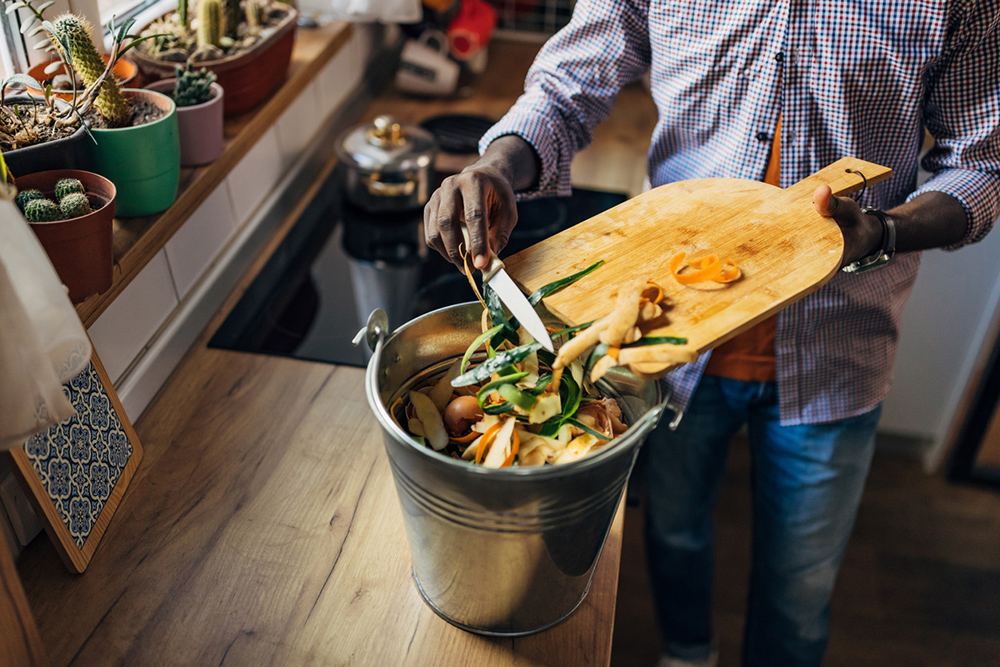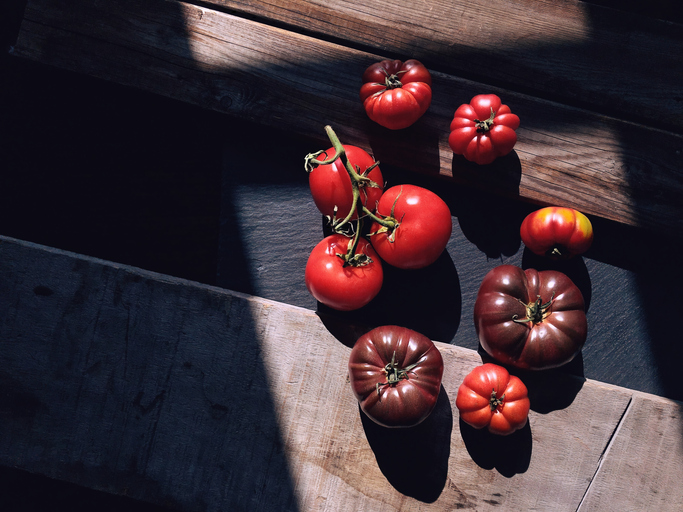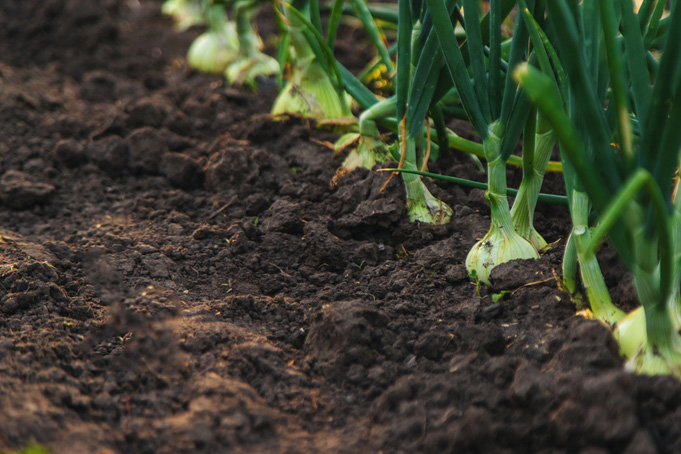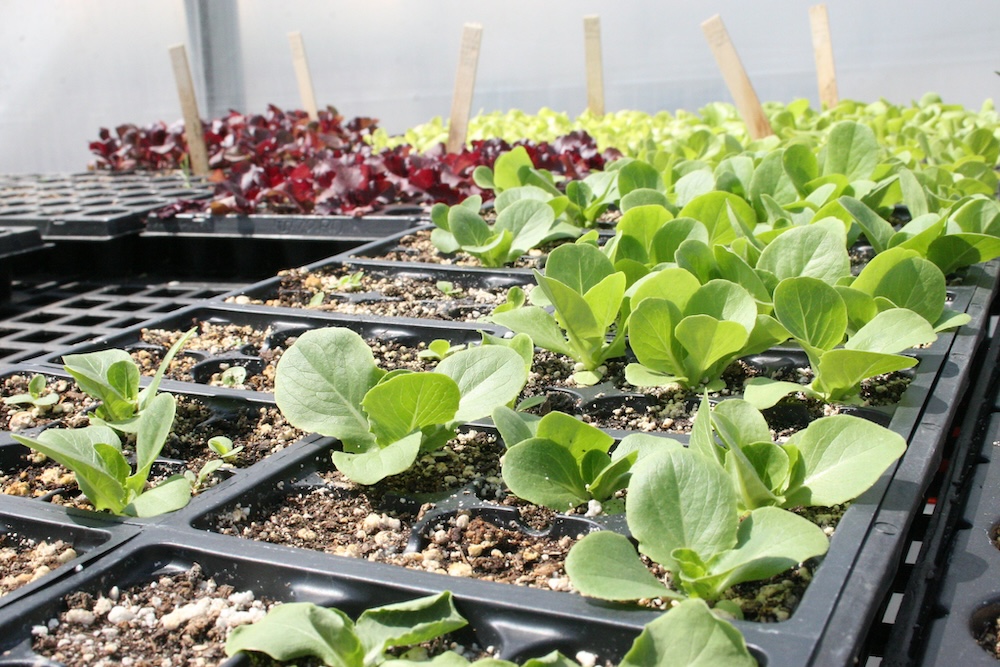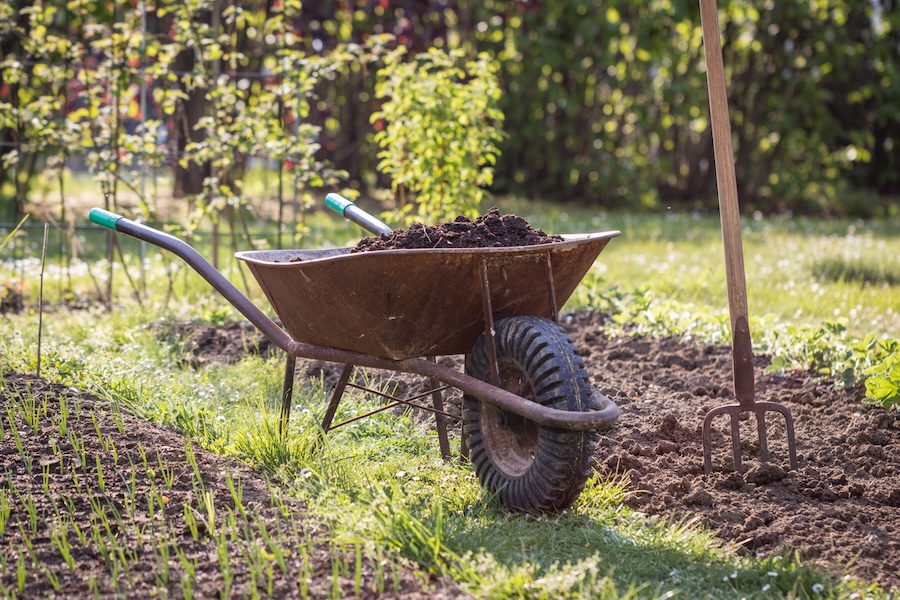
Each year, as planting season approaches, one of the most common questions Robyn Stewart receives is how to safely and effectively use manure in home gardens.
Stewart, the University of Georgia Cooperative Extension Agriculture and Natural Resources agent for Lincoln County, works extensively in livestock education and is a trusted source on equine nutrition thanks to her background in the feed industry with Purina.
“The benefit of incorporating manure into garden soil is that it provides some fertility and nutritional value,” Stewart said. “But the real advantage is in the addition of organic matter, which improves soil composition and drainage.”
Maintaining proper soil fertility and pH is essential for a successful garden. Whether you're growing vegetables or flowers, plants need nutrients to thrive. Animal manure can contribute both nutrients and organic matter, but it must be handled and applied properly to avoid plant damage or human health risks.
Manure is also relatively affordable and, in rural areas, often easier to access than manufactured garden products. Stewart said it's a great option for gardeners who live near livestock operations or for those seeking more economical soil amendments.
What types of manure are safe to use?
“We’re typically talking about some form of livestock or poultry manure,” Stewart said. “That can include horse manure with barn bedding or poultry litter from larger operations. Cattle manure is less commonly used simply because it’s not as easy to collect.”
Manure from farm animals like poultry, cattle, horses and small ruminants can be safe for garden use. However, waste from dogs, cats, pigs or other pets should never be used, as it poses a high risk of transmitting harmful parasites and bacteria to humans.
If you don’t have direct access to livestock manure, composted manure is often commercially available in uniform, bagged products at garden centers.
Watch for herbicide contamination
One of the most important considerations when using manure is the risk of herbicide contamination. Stewart frequently fields calls from gardeners who see unexplained plant damage, especially on tomatoes, which are highly sensitive to herbicides.
“Tomatoes are kind of the canary in the coal mine — if there’s residual herbicide in the manure, tomatoes will show it quickly,” she said.
Some herbicides, like aminopyralid, which are found in products like Grazon, can pass through an animal’s digestive system and remain active in their manure. Always talk to the source of your manure — whether a farmer or supplier — to ensure the animals were not fed hay or grazed on pastures treated with persistent herbicides.
Fresh vs. composted manure
There are two main types of manure used in gardening: fresh and composted. The difference between the two is critical.
Fresh manure is high in ammonium, soluble nitrogen and salts, and it may contain viable weed seeds and harmful bacteria such as E. coli. While fresh manure may be appropriate for pastures, it is not recommended for food gardens. High salt and nitrogen levels can damage young plants, and harmful bacteria can pose serious health risks.
“From a food garden perspective, we always recommend composted manure,” Stewart said. “If someone insists on using fresh manure, they need to apply it several months ahead of planting to allow those salts and nitrogen to break down.”
If you do choose to use fresh manure:
- Wait at least 90 days before planting if topdressing.
- Wait at least 180 days if tilling into the soil.
- Incorporate to a depth of 6 to 8 inches if tilling.
Composting manure at home
Composting fresh manure at home can be more involved than people expect. The process requires maintaining the pile at a consistent temperature — ideally around 140 degrees Fahrenheit — for several weeks. This heat helps kill weed seeds and harmful bacteria. The compost pile must be kept moist (but not wet) and regularly turned to ensure even decomposition.
“The heat is generated as microbes break down the manure,” Stewart said. “As it reaches a fully composted state, the heat will taper off. That’s how you know it’s nearly ready.”
Most home compost piles take three to six months to be ready for use in a food garden.
Composted manure has lower nitrogen and salt levels, making it safer for seeds and young plants. It also contains fewer weed seeds and reduced levels of harmful bacteria. Even so, it’s best to apply composted manure about a month before planting food crops.
Timing and application
The nutrient content of manure varies based on the animal source and how it’s composted, making soil testing an important step. Soil test kits and instructions are available at your local county Extension office. Once samples are collected, return them to the office to be sent to the UGA Agricultural and Environmental Services Laboratories. Results typically arrive within three to four days.
While manure adds valuable nutrients, it often isn’t enough to meet all of a plant’s needs, so additional fertilizer may be required. If your goal is to increase fertility, apply manure well ahead of planting — ideally in the fall for spring gardens, in early spring for summer gardens, or in summer for fall gardens.
As a rule, gardeners can apply 2 to 3 inches of composted manure per season.
For a 1,000-square-foot garden, that equals:
- 150 pounds of composted cow manure,
- 200 pounds of composted horse manure, or
- 50 pounds of composted poultry manure.
For more information about gardening, soil fertility or other agriculture and natural resource topics, contact your local UGA Extension office or visit extension.uga.edu.
Want more home gardening content?
Check out UGA Extension guides and expert resources like “Guide to healthy garden soil,” “Starting a garden from scratch,” “Starting your spring vegetable garden from seed,” and UGA Extension Circular 816, “Composting and Mulching.”

